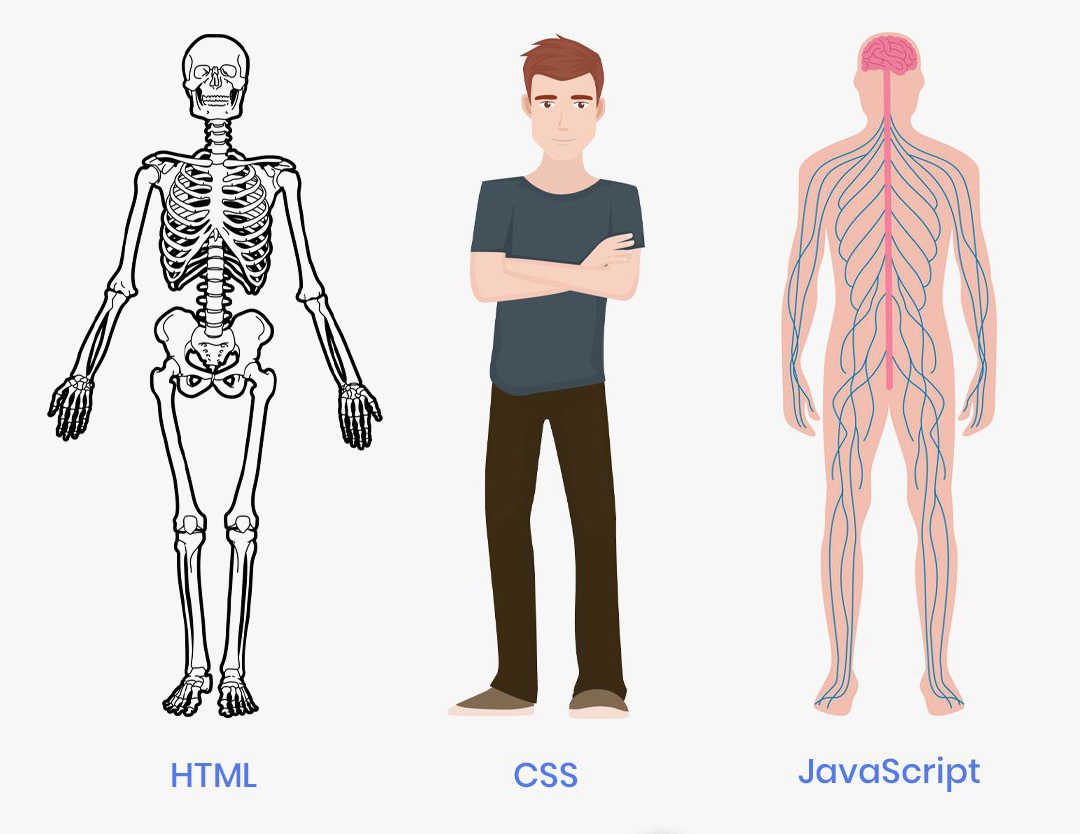HTML History
HTML was created by Tim Berners-Lee in the late 1980s as a way to share scientific documents among
researchers.

HTML is a very evolving markup language and has evolved with
various versions updating. Long before its revised standards and
specifications are carried in, each version has allowed its user
to create web pages in a much easier and prettier way and make
sites very efficient.

-
The first version of HTML, HTML 1.0, was released in 1993 and included a limited set of tags for
creating basic web pages.
-
HTML 2.0, released in 1995, added support for tables and forms, allowing for more complex layouts and
user input.
-
HTML 3.2, released in 1997, introduced frames, style sheets, and more advanced forms, as well as
client-side scripting using JavaScript
-
HTML 4.0, released in 1999, introduced support for cascading style sheets (CSS) and multimedia elements
like audio and video.
-
XHTML, based on the stricter rules of XML, was introduced in 2000.
-
HTML5, introduced in 2004, aimed to simplify the language, make it more powerful, and provide support
for multimedia and interactivity.
-
HTML5 was officially released as a W3C Recommendation in 2014 and has become the standard for web
development.

